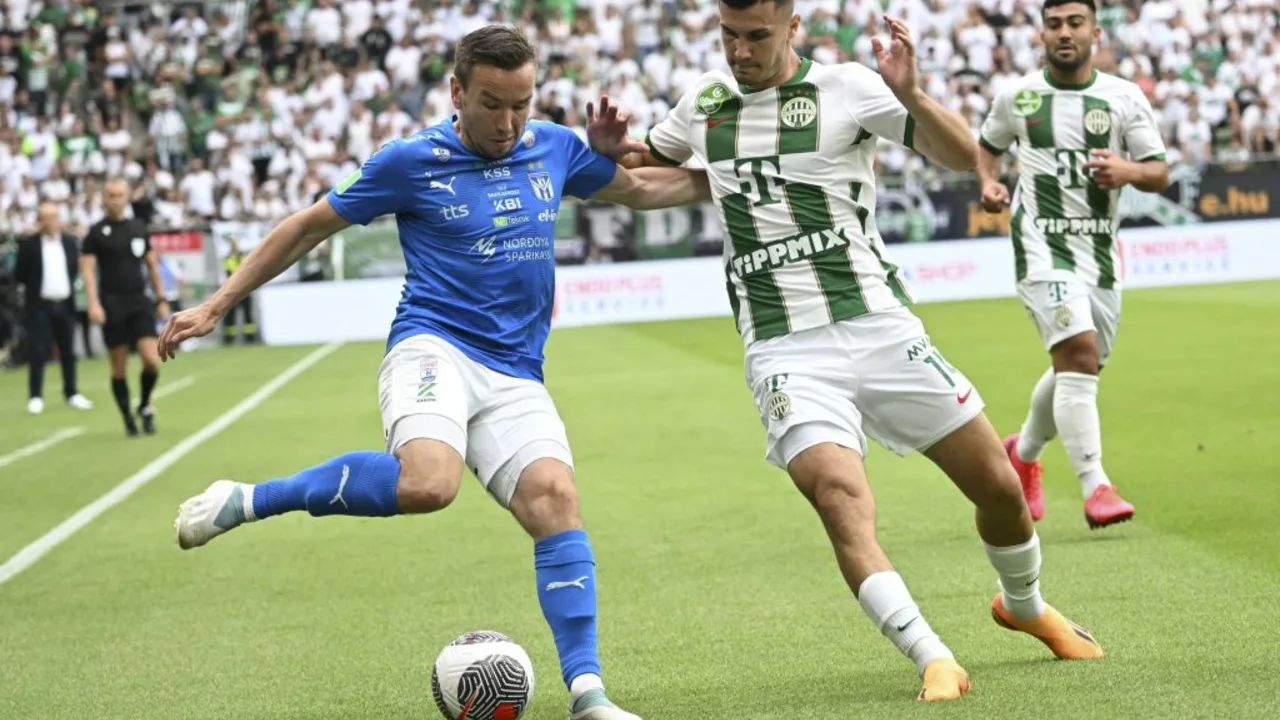Soccer League Business Model
When you hear the phrase soccer league business model, the collection of revenue streams, cost structures, and strategic investments that keep a football league running and growing. Also known as football league financial framework, it decides how clubs pay players, build stadiums, and reach fans worldwide. The model is not a single formula; it mixes ticket sales, broadcasting rights, sponsorships, and academy earnings into a balanced sheet. Understanding this mix helps fans see why some clubs explode financially while others scrape by. Below, you’ll see how each piece fits together and why the soccer league business model matters for anyone following the beautiful game.
One of the biggest forces behind any league’s finances is football club ownership, the legal and financial control structures—often private investors, public companies, or member‑based societies—that set budget limits and strategic goals. Owners decide how much to spend on player wages, stadium upgrades, and community projects. When owners pair that control with youth academy investment, capital put into training facilities, scouting networks, and education programs for young talent, they create a pipeline that can reduce transfer costs and generate future transfer fees. A club that spends wisely on its academy can sell a home‑grown star for millions, feeding cash back into the league’s overall health. This ownership‑academy link is a classic example of a club turning a long‑term asset into a revenue source.
Another core component is the revenue share model, the agreement among league members that distributes income—from TV contracts to commercial partnerships—according to predefined formulas. Revenue sharing smooths out financial gaps between big‑market and small‑market clubs, ensuring competitive balance. It also gives every member a stake in the league’s collective bargaining power with broadcasters. Complementing that, sponsorship deals with brands that pay for naming rights, kit placements, and promotional activities inject cash that often outpaces ticket revenue. When a league lands a multi‑year kit sponsor worth hundreds of millions, that money is split according to the revenue share rules, bolstering smaller clubs and raising the overall quality of competition.
The single biggest cash generator for most top‑tier leagues is broadcasting rights, the fees paid by TV networks and streaming platforms to air matches across the globe. These deals can dwarf all other income streams combined, and they directly shape scheduling, match timing, and even rule changes designed to attract viewers. A league that negotiates a lucrative global package can fund infrastructure projects, improve player welfare, and expand its youth programs. In short, broadcasting rights fuel the growth engine, while revenue sharing, ownership decisions, academy investment, and sponsorships keep the engine running smoothly. Below, you’ll find a curated set of articles that break each of these pieces down, showcase real‑world examples, and explain how they interact to form the modern soccer league business model.

How do private soccer leagues make their money?
Private soccer leagues make their money through various channels. The major source is often broadcasting rights, where companies pay millions to air the games. Sponsorship deals also contribute significantly, with companies paying to have their brands associated with the league. Ticket sales for matches and merchandising, such as selling jerseys and other team-related products, provide additional income. Finally, some leagues also generate revenue from player transfers to other clubs.